How to Reconcile Supplier Invoices – Challenges & Automation Tools for Efficient Vendor Management
What is supplier statement and invoice reconciliation?
The process of reconciling a supplier statement and invoice reconciliation in general is quite plain and simple.
The Supplier submits a list of transactions and the outstanding balance of unpaid invoices for a given period. The Buyer’s Accounts Payable (AP) department, on the other hand, compares those records to the internal AP ledger to identify any differences. Those might be invoices or credit notes on the Supplier statement that are absent in the AP ledger or vice versa.
The comparison between the two data sets is made both at transactional and balance check points. Besides the net invoice value, there might be fees, discounts, and other payable items that need to be duly verified and booked. The supplier statement reconciliation can take place either prior to or following the actual invoice payment authorization. This type of reconciliation guarantees timely identification and investigation of any discrepancies or errors.
Common challenges with supplier statements and invoice reconciliation
F&A teams are struggling with various causes of supplier statement discrepancies. Many companies use outdated “pen and paper“ methods for reconciliation, which prove to be an error-prone and laborious. Increasing transaction volumes from various accounts and multiple suppliers strain the accounting team resources to cover all bases. Processing large numbers of invoices manually has some undesirable side effects such as oversight of supplier credits due, over or underpayments, posting errors, and duplicates.
Below are listed some of the most frequent supplier statement challenges the F&A teams are coming to grips with.
Timing delays: payment terms, processing time, payment in transit
Time differences might occur accidentally or organically due to contractual payment term. In any case, the Buyer organization must track the transaction lifecycle closely in order to avoid potential penalties or losing commercial discounts and preferences, for example.
When a company issues a payment to a supplier, that payment is immediately reflected in the internal records. But the supplier might have not received or been notified about the payment before issuing its period-end statement. The discrepancy should be identified by the Buyer during the supplier statement reconciliation. These unresolved items are usually referred to as “payments in transit”.
In a similar situation an invoice could be posted in the accounting records of the Supplier but not the Buyer. An invoice issued by the Supplier at the end of the period and instantly included in the supplier statement might fall short of processing time to appear on Buyer’s side in the AP ledger. One single deviation in the books might not sound like a big deal, but when you factor in scale and time specific purchases, that is a different story.
Invoices issued in paper or PDF
Frequently, the supplier statements are produced in paper or PDF format. To identify exceptions, the AP teams lingers with endless manual checks of transaction details in the accounting system. Clearly, the approach is unsustainable if the Buyer operates with a broad network of suppliers. Facing period-end deadlines, some organizations choose to focus on their largest / high-priority supplier accounts, and hopefully catch up with the smaller ones later.
Duplicating payments on invoices
Reliable controls to prevent double payment are rarely at place. Sometimes the invoice payment is initiated but yet to be allocated with the Supplier. The payment status is unclear and if the Buyer fails to track its progress adequately duplicates are created and later (if at all) reversed. Such chaotic handling of the process increases the workload and above all incurs finances losses.
Balance sheet inaccuracies caused by discrepancies in the account payables
Ensuring supplier balances accuracy is a cornerstone of financial transparency. In order to validate the reported vendor liabilities on the Buyer’s balance sheet statement, internal and external auditors often take a sample of a selected vendor statement. Only a consolidated reconciliation report with full audit trail documentation attached would justify potential material differences.
Reporting on supplier spend, invoice ageing and resolution time
The Supplier Statement Report should incorporate outstanding items with clear overview of their aging and resolution rate over time. Many accountants still spend incredible amount of their time generating such reports in spreadsheets, struggling to respond to various queries. Supplier relationship management and saying on top of supplier spend depend on clear and precise reporting input.
Transforming the Supplier Statement Reconciliations with ReconArt
Implementing a reconciliation automation solution is a sensible risk mitigation measure with attractive ROI, especially for companies with high turnover and heavy transaction backlog. ReconArt argues that our cutting-edge reconciliation solution bridges the gaps mentioned above and empowers AP teams to streamline and manage their process effortlessly. Efficiency, transparency, and audit readiness are the immediate benefits our clients enjoy following the ReconArt implementation.
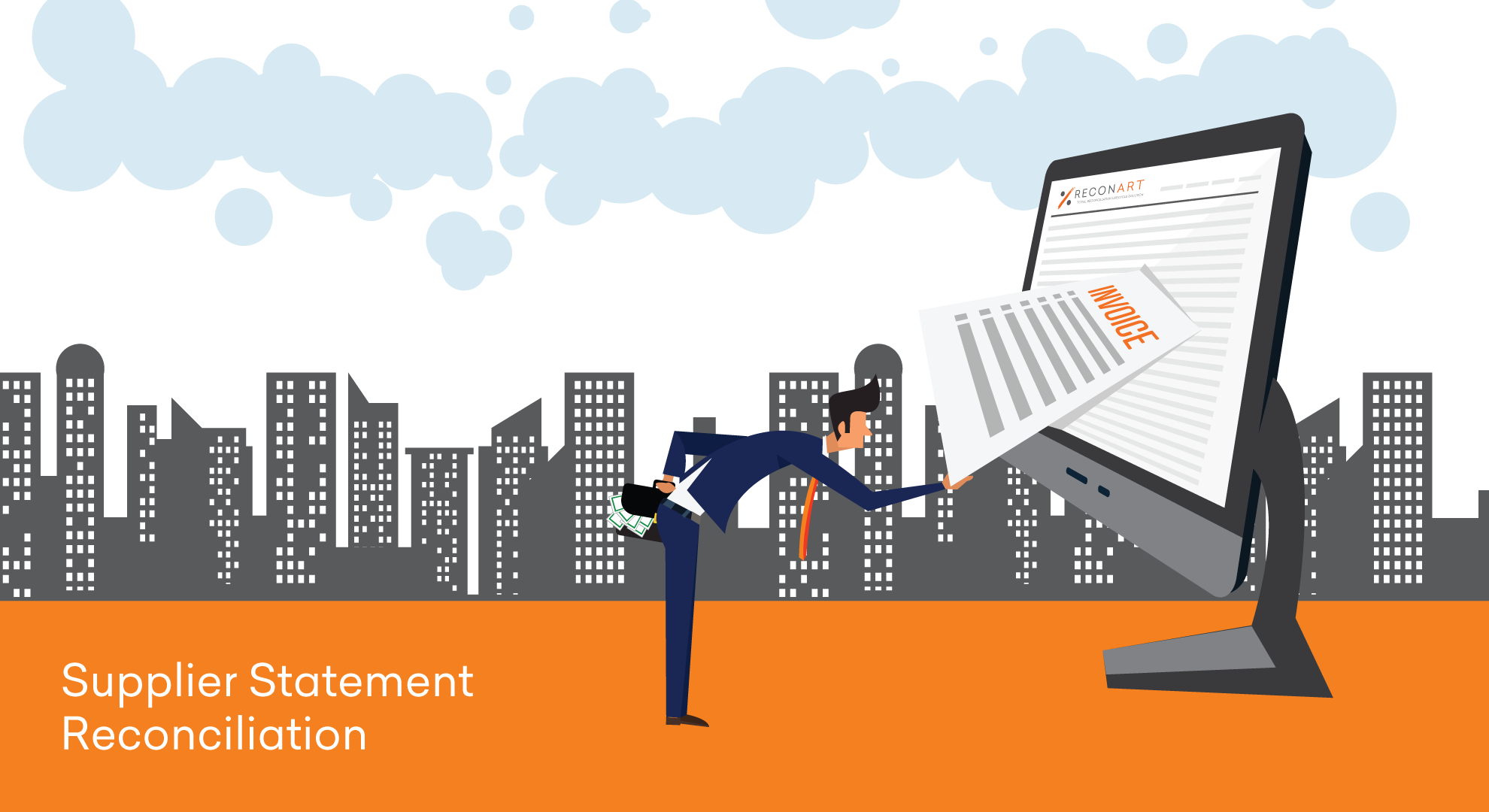
Process structure of supplier statement and invoice reconciliation
There are two high level approaches to pull up the supplier statement reconciliation.
Monthly supplier statements and invoice reconciliation
Essentially, this is a three-way matching completed in 2 steps at month-end.
- Step 1: comparing the monthly supplier statement against the internal data source to confirm that the invoices due in the respective period correspond to the purchase orders approved.
- Step 2: comparing the banks statements against the internal GL data source to verify that the initiated bank transfers correspond to the amounts stated in the outstanding invoices.
Conceivably, at this point the payments have already been done and the Buyer’s Accounts Payable team seek to establish any discrepancies in covering procurement liabilities. The matching is performed at both balance and transaction level so a clear focus is maintained on both long-term and immediate action items.
Daily supplier statement and invoice reconciliation
In this case:
- A supplier statement is submitted every day and it is matched against the Buyer’s internal records.
- The resulting matched items are exported to another system to proceed with the actual invoice payment.
Basically, it is an approval workflow, where supplier data is imported / matched / exported automatically and the payments are authorized as a final step. Verification that those payments have hit the Buyer’s bank account correctly is made in a separate step, as a straightforward bank reconciliation process.
The Benefits Delivered by Our Reconciliation Software
With ReconArt the accounting departments streamline the supplier statement reconciliation process within a unified digital environment waiving manual spreadsheet manipulation. ReconArt is flexible and versatile and adapts to any business process logic, however complex.
ReconArt offers robust functionalities for end-to-end automation of the AP recs such as configurable rule-based matching engine, tracking and management of outstanding items plus automated exceptions categorization. This reconciliation tool features advanced ETL capabilities to retrieve, import, cleanse and enrich data from any source and in flat file format. The matching rates delivered as a result are not only higher but superior in terms of speed and precision.
ReconArt is a powerful risk mitigation tool as far as finance, accounting, operations and compliance is concerned. It can schedule and manage your preparer / reviewer / approver workflows pertaining to reconciliation with strict separation of duties observed. It keeps a granular audit trail for each transaction across its entire lifecycle. Generating consolidated reports and analytical insights on a number of monitored indicators, including aging of the transactions, now only takes a few clicks.
As a cloud-based reconciliation solution ReconArt adds value for organizations looking to achieve full scope automation of their reconciliation process without excessive investments in IT infrastructure associated with application installation on premise. Our platform integrates seamlessly with your core financial systems. It does not demand heavy customization or IT expertise and stands out as a truly business owned tool.

 follow our blog
follow our blog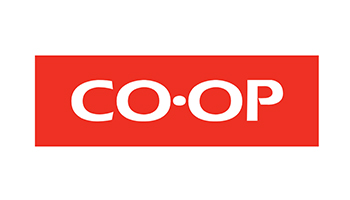
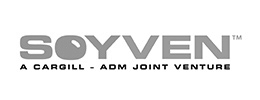

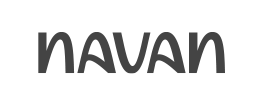
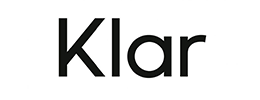



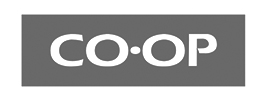

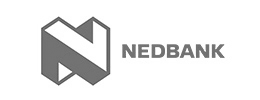


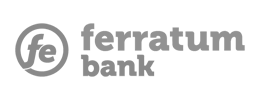
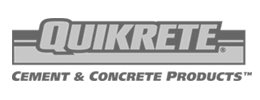

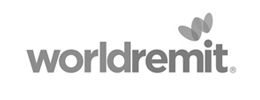






 Quick response
Quick response

